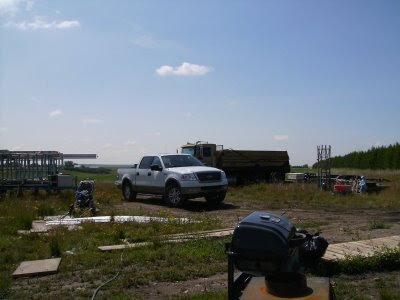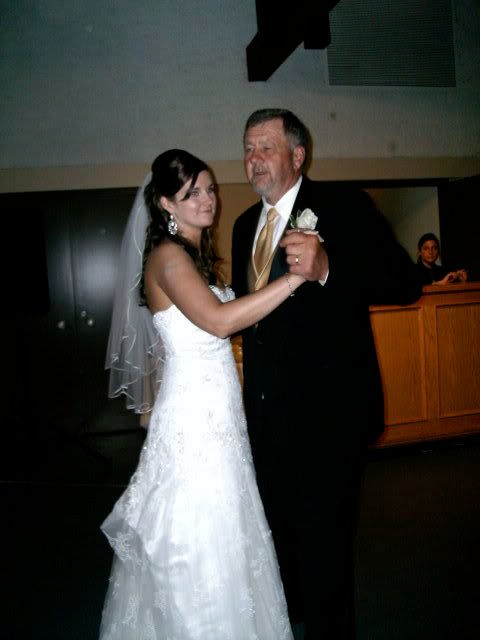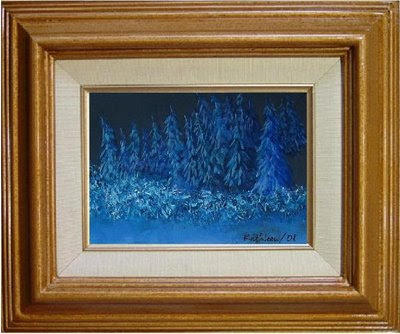I know of a few artists that trace.
That is, they find a photograph they like, use their enlarger projector, and trace each and every detail onto the canvas to paint.
Now while I feel that this is a perfectly acceptable method for Faces & bodies/birds/botanicals, I do feel that for the most part originality is severely lacking when this method is used in landscapes and paintings of the sort.
What one ends up with is a perfectly executed copy of a photograph that has no passion of the artist in it.
Every blade of grass, every leaf, every stone and every tree is perfectly copied.
They might, just might add a stone, but for the most part that is it.
anything more for these artists (sic) would be all too much of a deviation from transcription.
For all intensive purposes, they copy. (Again, my opinion only)
If you cannot be original when you paint landscapes, and have to copy why bother?
Why not use this tree, that field, another sky and that dog, put it all together as a totally original work of art?
And, No, I am not speaking of using a grid. Using a grid still means that the artist has to use originality, and for the most part the end result will always show changes from the original reference work.
If you are scared to try and let what you actually see (and feel) show up in your art, why bother?
Everything that I (and many artist friends) paint is a compilation of many ideas/images that I (we) have in my (our) mind(s) and from photographs that I (we) have taken.
Just look back in this blog, and you will see some terrible paintings that (at the time) I was proud of! :)
At the moment I have two full computer discs of clouds/skies/sunrises/sunsets that I have taken over the years. I often use them for reference. But I never trace them. I figure out how I want the blues to look and work from there. Same goes for trees/grass and buildings/mountains and the like.
I have many many landscape photos that I have taken on disc, then there are the birds/animals and people that I have on disc as well. All are photos that I have taken each is different and grabbed me at the moment for one reason or another.
The florals that I do are supplied by Rachel (whose virtues as a photographer are extolled much earlier on in this blog)
For my self, re imaging, the one exception has been Florals. All the singular florals that I have done are very much in the image of the original photograph. I do not trace them and never sketch them on to the canvas before I begin, as I am terrible with a pencil. My rough sketches usually begin with a brush and I work from that! Refining the flower as I go! Actually a lot of times I have changed the colour of a botanical as I worked on it.
Which leads me back to my original thought......
Why bother?
I suppose for some, originality is not an important issue, but for me lack of original thought shows a total lack of passion in the completed work.
There is a gentleman artist friend, Mike Baxter.
His art can be seen here....
http://baxterpopart.blogspot.com/
whose blog I follow, that paints incredible works of Pop art and women.
Some of these works can be semi erotic, but they are tasteful and fabulously painted.
I know that Mike uses a projector, but for his style of art this method not only works, it is essential.
Passion in art is essential, the buyer sees the lack of this, the viewer sees the lack of passion and the end result of the lack of passion is a well rendered technical use of paint.
I have been experimenting with new art styles of late.
I have finally got my studio comfortable to work in and now I can sit (or) stand and paint with comfort and ease.
I have a habit of painting backgrounds on Canvas' long before I have any use for them.
I do this mainly because I dislike beginning any painting on a white canvas.
So, often what I end up with has no relation to the original background, and as well the background is totally different in the end .
But for me it is a starting point.
I have never painted any fabric before. At least not any that has been recognizable as such.
The painting below is in the very early stages for me, and hopefully it will end up as an admirable work. It is a compilation of different images that I have collected, and while the end work cannot be attributed to any one factor, each and every element is a new thought.
Mind you, after years of a childhood growing up beside a lake, the image represented here could have been a part of any day of my life as a child.
I can only strive to do as best that I can with these ideas.
I like to try new things, and am never sorry for anything that I have attempted. There are quite a few works that I have done that do not exist now, as I really thought (before I painted them over) that the end result was not acceptable, was not really of a standard that I wish recorded for posterity.
Yet, I have never hidden my Faux Pas' from people, I just tire of them, paint them over eventually, and go on with the learning process.
It is from them that I learn.
Originality and Passion are essential to good art.
Individualism is essential to good art.
New ideas and methods are essential to good art.
Transcribing a picture is not.
~~Kathleen
 ADDENDUM:
ADDENDUM:Just to clarify, I often use Ratios to ensure that the translation of a floral photographic image
relates in direct proportion to the size of my canvas.
While I do this, it is only with registration marks at the top middle and bottom as well as both sides.
The rest I do by instinct.
~~K

















































